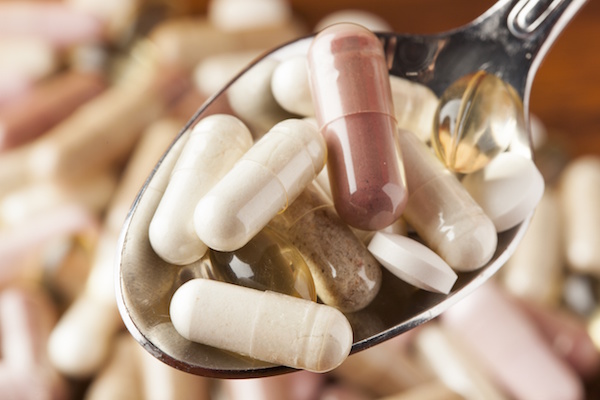
TUESDAY, Jan. 5 (HealthDay News) — Despite the recession, U.S. health-care spending in 2008 reached $2.3 trillion — or $7,681 per person — and grew faster than the national economy, a new study has found.
However, the amount spent in 2008 on health care, an increase of 4.4 percent, represented the slowest rate of growth in the nearly 50 years since the federal government began tracking the trend. Even so, health-care spending accounted for 16.2 percent of the gross domestic product, compared with 15.9 percent in 2007, according to the annual report from the U.S. Centers for Medicare & Medicaid Services.
“Health-care spending is usually somewhat insulated from the immediate impact of a downturn in the economy, but this recession has exerted considerable influence on the health-care sector,” the report’s co-author, Micah Hartman, an agency statistician, said in a news release from the journal Health Affairs. The study is in the journal’s January issue.
Hartman and colleagues analyzed public and private spending on hospitals, physicians, pharmaceuticals and long-term care facilities. Health spending growth slowed in nearly all health-care goods and services, particularly for hospital care.
However, the share of federal revenue that funded health care increased to almost 36 percent, compared with 28 percent in 2007. The increase was the result of the American Recovery and Reinvestment Act of 2009, the stimulus bill that temporarily shifted $7 billion in additional federal funds to Medicaid to help cash-strapped states, the report said.
The researchers also found that increased hospital admissions contributed to a 7.7 percent rise in Medicare spending on hospital care in 2008, compared with a 4.7 percent increase in 2007.
Medicare spending increased 8.6 percent to $469.2 billion in 2008, compared with a 7.1 percent rise in 2007. Along with a significant increase in spending on hospital care, there were more seniors enrolled in private Medicare Advantage plans. Enrollment in these plans increased 13.6 percent in 2008, and Medicare Advantage spending rose 21.3 percent to $108.2 billion in 2008, the study found.
Medicare spending for fee-for-service prescription drugs increased 8.8 percent in 2008, compared with a 13.9 percent rise in 2007, the report noted.
Among its other findings:
- Enrollment in Medicaid grew 2.6 percent in 2008 (compared with 0.7 percent in 2007), attributed to rising unemployment and loss of private health insurance. The federal portion of Medicaid spending increased 8.4 percent, the highest rate of growth since 2003. State spending decreased by 0.1 percent, the first decline in the program’s history. The difference was due “almost entirely” to the increased federal spending under the stimulus bill.
- Out-of-pocket spending for health-care services increased 2.8 percent in 2008, compared with 6 percent in 2007. The 2008 increase was the lowest since the mid-1990s and could have been due to the large number of Americans who lost jobs and health insurance and had less disposable income.
- Health insurance premiums rose 3.1 percent in 2008, the lowest rise since the 3.9 percent increase in 1967. The number of people with private health insurance decreased from 196.4 million in 2007 to 195.4 million in 2008.
- Spending on hospital care rose 4.5 percent to $718.4 billion in 2008, the slowest increase since 1998. The rate of increase was 5.9 percent in 2007.
- Spending for physician and clinical services increased 5 percent to $496.2 billion in 2008, the slowest rate of growth since 1996. The rate of growth was 5.8 percent in 2007.
- Retail prescription drug spending increased 3.2 percent to $234.1 billion in 2008, continuing a slowing trend that began in 2000. Prescription drug prices increased 2.5 percent in 2008, compared with 1.4 percent in 2007.
- Spending on nursing home care increased 4.6 percent to $138.4 billion in 2008, compared with a 5.8 percent increase in 2007.
More information
The U.S. Centers for Medicare & Medicaid Services has more on Medicare and Medicaid programs.

